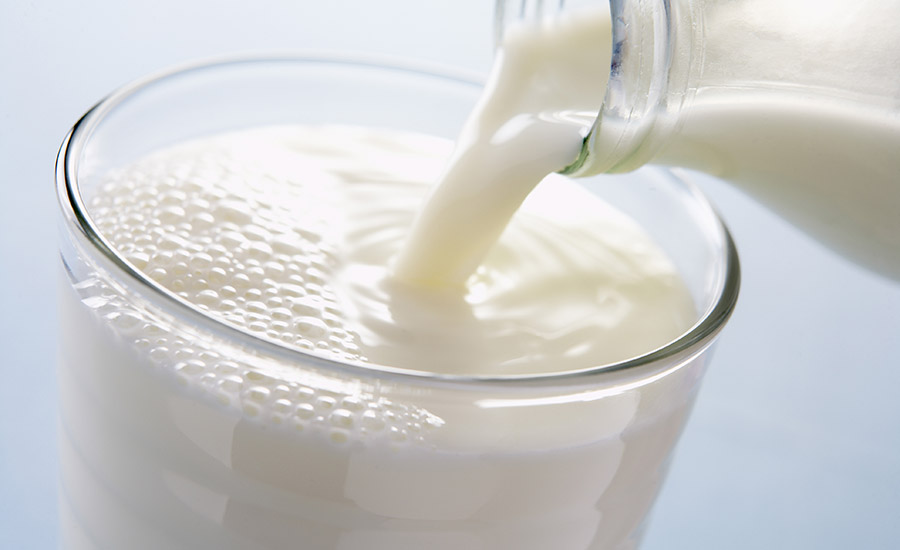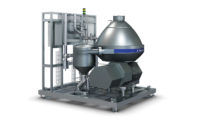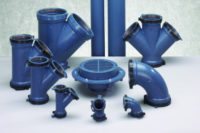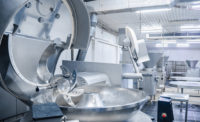We spoke with Jean-Pierre Berlan, sales director for Tetra Pak Processing U.S. and Canada, to learn more about extended-shelf life (ESL) technology. He talked about that as well as the market opportunity available by investing in ESL processing.
Dairy Foods: What is the current and projected market for ESL products?
Jean-Pierre Berlan: Our estimate is that ESL products represent approximately 15% to 20% of the overall fluid milk category, primarily driven by organic products, flavored milks, lactose-reduced milk, milk shakes and coffee creamers. Aseptic packages’ ability to retain more color, texture, nutrition and ultimately taste also make them attractive to consumers and dairy brands alike.
Dairy Foods: What consumer trends are driving the market?
Berlan: Multiple trends are driving the market. For one, a demand for longer shelf life, especially driven by on-the-go consumption and a diversification of the point of sales outside traditional grocery stores.
There is a demand for products that are customized for specific consumer needs. According to Tetra Pak research, 11% of Americans now regularly purchase value-added milk, including lactose-free options or milk with added omega 2 and DHA, fiber and other functional ingredients. Twenty-four percent of organic milk drinkers surveyed say they look for products with no growth hormones and 34% focus on “what’s healthiest” when purchasing milk or milk-based beverages.
Dairy Foods: What steps can food companies take from a technology, equipment, testing and certification perspective to meet these market needs?
Berlan: A lot of dairy companies with traditional products and methods (HTST milk) are either using or evaluating ESL technologies. One key success factor in choosing the right technology is a good understanding of the sort of product positioning required. For instance, do you want to add five to 10 days of shelf life to a standard milk, or significantly extend shelf life to 90 or 100 days?
The other key success factor is establishing a solid, market-driven reason behind the chosen shelf-life extension period. Adding a more sophisticated high-heat treatment or filler can only take the shelf-life so far. It is critical to look at the entire chain: the quality of the raw products, a high level of hygiene throughout the entire plant (including the storage tanks, the CIP and SIP procedures) and finally a very strict control of the temperature all the way to the store.
Dairy Foods: What technological advances have been made in ESL recently?
Berlan: The newest technologies in ESL are bactofugation, which is spore removal by centrifugal force, and microfiltration, the removal of bacteria by membrane technology. These processes have become ESL brands’ technologies of choice as they help preserve the fresh taste of milk and ease customization of dairy products by removing or adding lactose, protein, fat and other nutrients and natural ingredients.
Dairy Foods: Tell us about ESL processing innovations.
Berlan: Electron beam (eBeam) sterilization presents a huge opportunity to drive profitability through increased speed, better environmental performance and energy efficiency. eBeam removes a long-time physical limitation to carton packaging speed: the hydrogen peroxide sterilization process. With eBeam, speeds of up to 40,000 portion packs per hour, or 11 packs every second, can be achieved. Market tests have shown this increased capacity can save beverage manufacturers as much as 20% in operational costs.
Dairy Foods: What should brands looking to purchase or modernize their ESL lines focus on?
Berlan: Preparing for new or better ESL lines requires deep knowledge of how long shelf life is achieved: both by selecting the right technology and by keeping the highest level of hygiene throughout the plant and the distribution chain.
Producers should also be focused on meeting the needs of the consumers by producing more advanced dairy products with specific functionality. This requires an ability to produce lactose-reduced milk products, fortified or formulated milks, high-quality stable coffee creamers and other products. Accordingly, these product development choices inform how a plant should be equipped.



